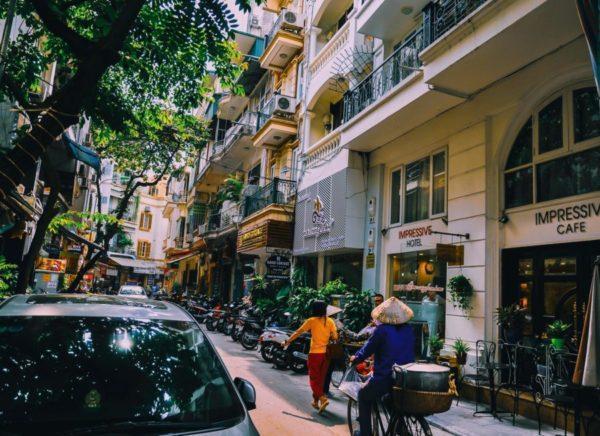The rise of car sharing could slash property prices with inner-city buyers increasingly happy to forgo a parking space for other transport alternatives.
With parking becoming less crucial to buyers, developers are increasingly doing away with a car spot for every apartment and turning to car share.
At Central Park — one of Sydney’s biggest redevelopments in the past decade — about 700 residents, or one in 10, are car-share members utilising about 50 spaces in GoGet SuperPods at the One Central Park and Duo buildings.
With the area’s last residents moving in to the neighbouring Wonderland building, another SuperPod — 10 or more car-share spots — is due to open.
The Chippendale development delivered 0.6 car spaces per apartment, but it would be even fewer now if construction was to start again, said Central Park project director Mick Caddey, from Frasers Property Australia.
“Car share … was only in its infancy of development [when we started],” Mr Caddey said. “[We have a] pretty low car ratio and if I was developing today I might even squeeze that down further. [Generally] now, our studios and a very large proportion of one-bedroom apartments would not have a car space.”
Central Park is one of about 100 developments nationally which has GoGet parking, with about 9 per cent – 280 – of their 3000 vehicles in developments. They had 120 vehicles across 50 developments less than two years ago.
About 140,000 people are now members of GoGet and more than 60,000 people are members of Car Next Door.
“Sydney is where we are really seeing the big push,” said Chris Vanneste, head of locations and partnerships at GoGet. “[But] we’re starting to see a really big start up in Brisbane … and in Melbourne we have them in a lot of developments, but at a smaller scale.”
Chippendale has the highest proportion of GoGet users in the country, with some Central Park residents reportedly selling their cars or deciding not to buy one in order to car share. While vehicle numbers have increased with the population in recent years, there’s been an overall decline in the percentage of car owners.
“[In the early days] we got a lot of pushback from the sales team that they couldn’t sell apartments without parking spaces, [then they realised] as long as you provide an alternate service it works,” Mr Vanneste said.
“We’re starting to have developers talk to us now about car-share only developments … because it’s such a huge cost [to provide basement parking].”
Mr Caddey said an underground parking space could add $50,000 to the cost of an apartment, a substantial increase particularly for studio and one-bedroom apartments. The extra cost, combined with the purchase and running costs of a car, equated to a lot of public transport, ride-share and car-share trips, he added.
However stripping back parking in new developments was a balancing act, Mr Caddey said. While there was little resistance at Central Park, it was a different story in lower density areas with less public transport options and amenity.
It is an issue inner-west mayor Darcy Byrne is all too familiar with.
“You’ve got two competing imperatives, if you reduce requirements for parking in new development you increase affordability of housing significantly … on the other hand if you build new developments and there is not either parking capacity or good public transport, it creates chaos in public streets,” Cr Byrne said.
The inner west council has more than 80 allocated car-share spots and has partnered with GoGet to roll out up to 20 more as part of a pilot program integrating car share with the light rail. It’s one of almost 50 councils GoGet has partnered with and is neck and neck with Melbourne City Council for the highest number of spots after the City of Sydney.
“There is significant demand for first and last-mile journey [options] and, given our public transport system is generally not very well integrated, it seems like a good opportunity,” Cr Byrne said.
However it had to be balanced with concerns raised by the community about dedicated car-sharing spaces resulting in a loss of parking for residents, he said.
“The entire time I’ve been in local government, parking has always been close to the number one issue, but we’re never going to get big enough streets for everyone to have a car … as the population starts to increase, we have to look at innovative alternatives,” Cr Byrne said.
“We do need to transition aways from dependence on private vehicles. [But] I don’t think we’re going to see private car ownership disappear anytime soon … it will continue to be a balancing act.”
Mr Vanneste said he would like to see the pilot program, if successful, rolled out statewide so people could use public transport for most of their journey and a car for the last leg if needed.
While he initially saw car share as an inner-city service, Mr Vanneste said there was more demand than expected in areas like Parramatta, Liverpool and Sydney Olympic Park. He noted the company would continue to expand across the city, focusing on transport corridors.
